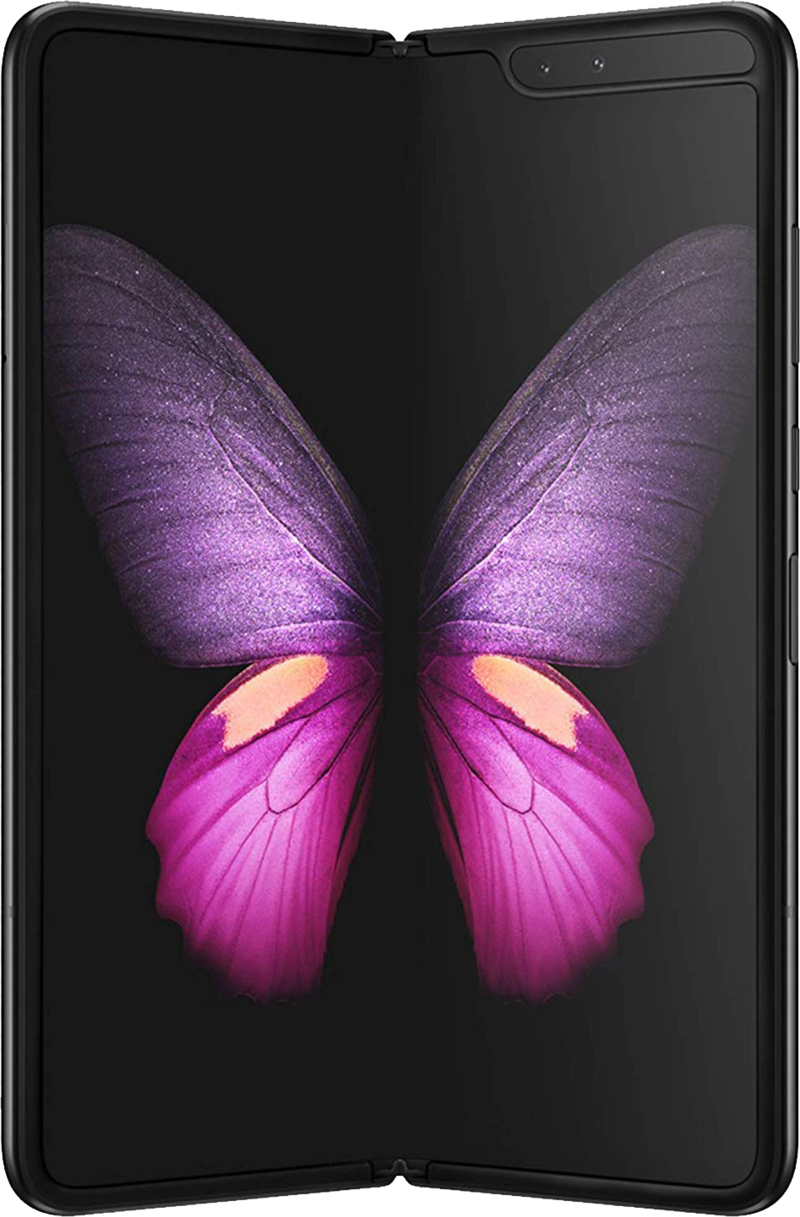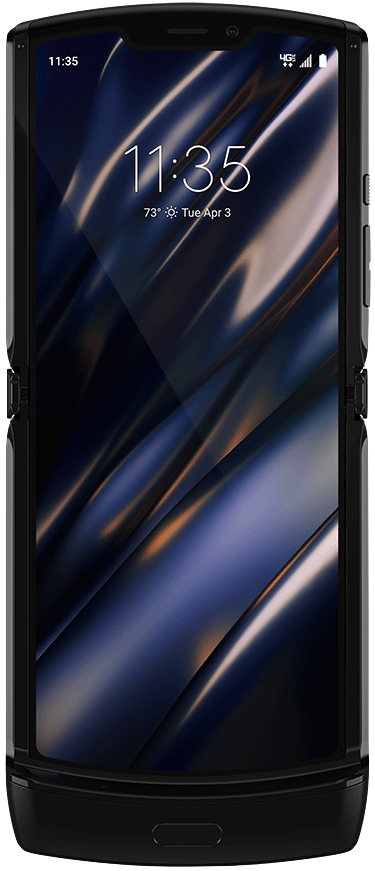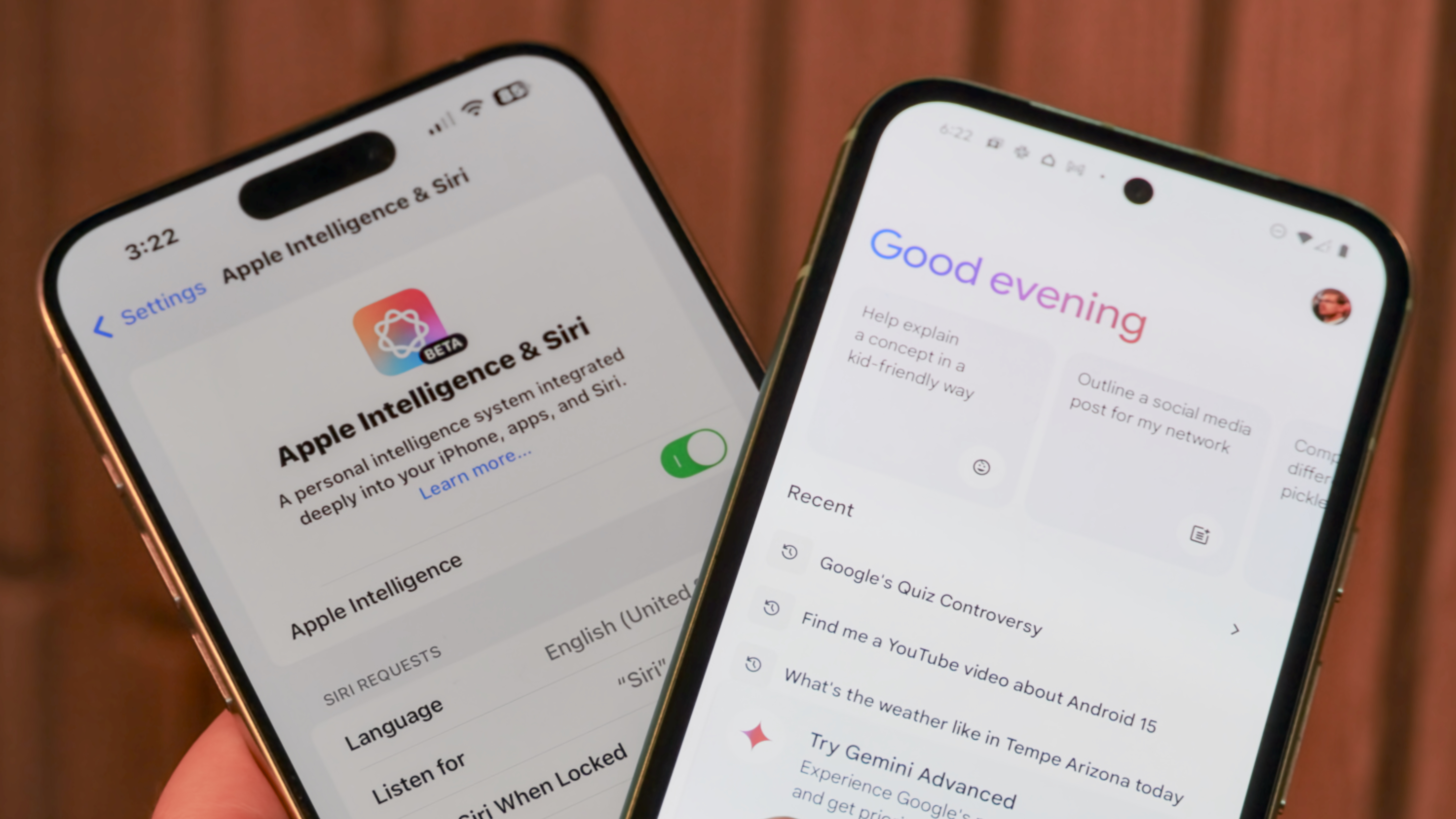What is a 'foldable phone' and why does it matter?

Best answer: A foldable phone is exactly what you think it is: a phone that can fold in half. Some fold vertically, others horizontally, but all of them have one thing in common — they turn a small device into a bigger one.
- Nostagila in a name: Motorola RAZR ($1,500 at Verizon)
- The one with glass in the screen: Galaxy Z Flip ($1,380 at Samsung)
- The original folder: Galaxy Fold ($1.980 at Samsung)
Size matters
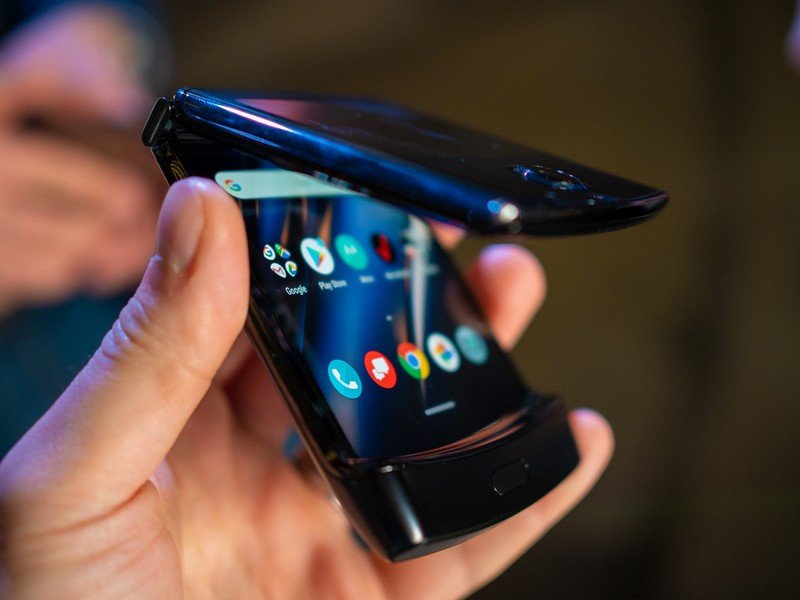
Most of the people buying smartphones are looking for something with a sizable screen. Phones have come a long way in regard to making the screeen as big as can be without making the phone body any larger. However, once you've stretched out the aspect ratio far enough and there are no bezels left to remove, there was only one thing left to try: fold things into a smaller package.
The foldable craze actually dates back to 2013 with the Kyocera Echo. Much like other foldables from LG and ZTE, it used two separate displays and a clamshell hinge. The original folding phone didn't do a lot of things very well, but there was one exception: it could flip open into an almost tablet-like experience but still fit into your pocket when it was closed.
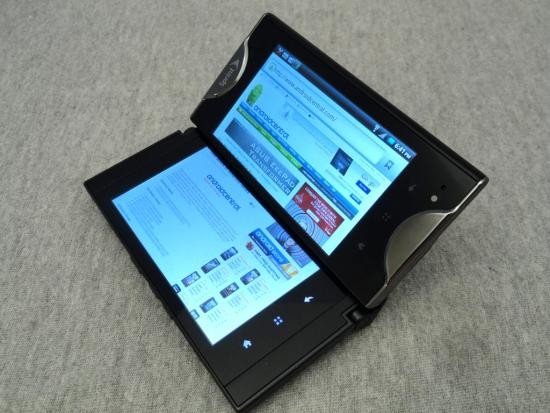
The first "true" foldable(s) — the Samsung Galaxy Fold and the China-only original Huawei Mate X — took things to the extreme. When folded you had a usable large phone that worked the same way other large phones did. The only real difference was a bit of girth and the unsightly center bezel when the display folds.
The second wave of foldables — the Samsung Galaxy Z Flip and Motorola RAZR — are different. They're focused on giving a traditional large-phone experience but can convert into something super easy to carry. They do it by flipping open vertically.
The Z Flip does this exceptionally well. When closed it resembles a compact mirror or eyeshadow plate but flips open to reveal a 6.7-inch bright Super AMOLED display. This gives you the usability an extra-large display has to offer when it's open, plus the pocketability of the smallest phone when it's closed.
Get the latest news from Android Central, your trusted companion in the world of Android

There are drawbacks to foldable phones, of course. The biggest is glass, which is usually very rigid and fragile. That means foldables all have a plastic display — though the Z Flip does have glass sandwiched in the screen layers — and plastic isn't a great experience when it comes to multi-touch smartphones.
There were a few bumps in the road, as should be expected from any new category of tech, but by and large the people who are buying foldables seem to love them. The folding action means a single phone can come in two sizes, and if you want a big phone that converts into a small tablet or a small phone that opens into a bigger one, the category already has you covered.
We expect the category to grow. If interest and demand stays high — the Galaxy Z Flip sells out as fast as Samsung can offer them — we should see more and more companies bring folding phones to market in the coming years and the high prices to come down a little.

Jerry is an amateur woodworker and struggling shade tree mechanic. There's nothing he can't take apart, but many things he can't reassemble. You'll find him writing and speaking his loud opinion on Android Central and occasionally on Threads.

